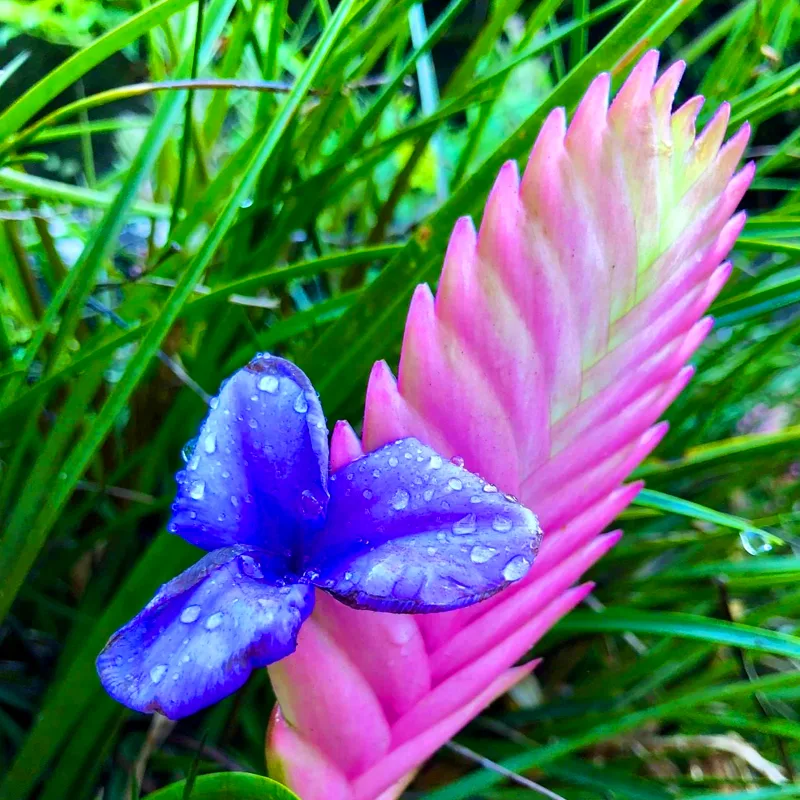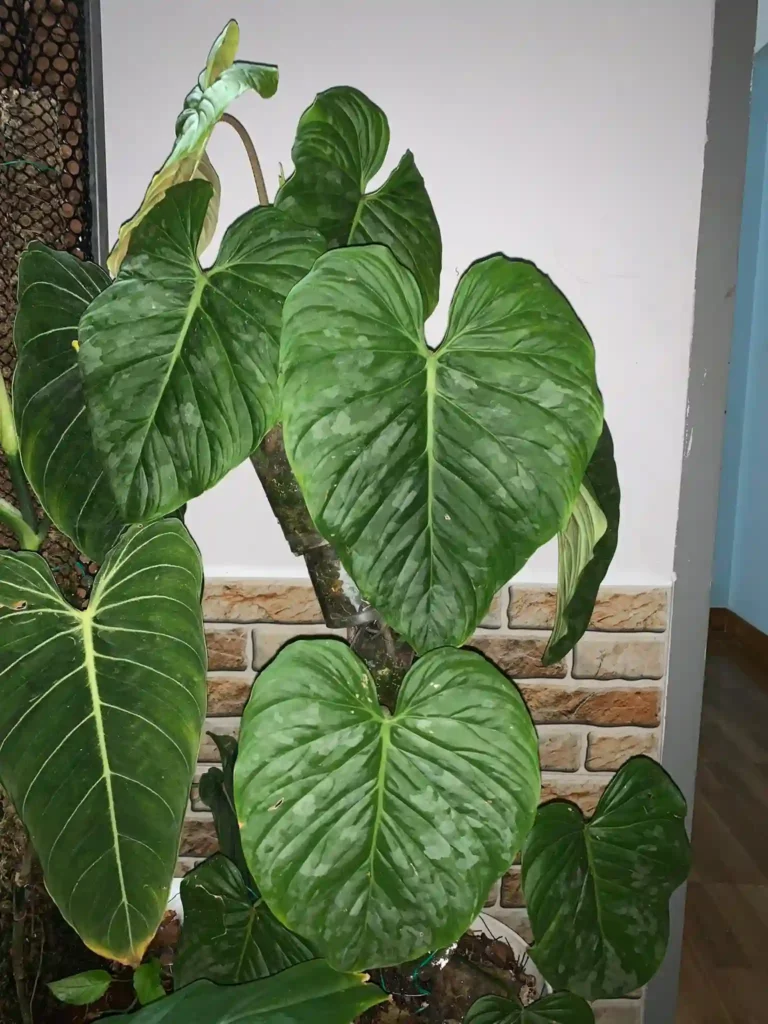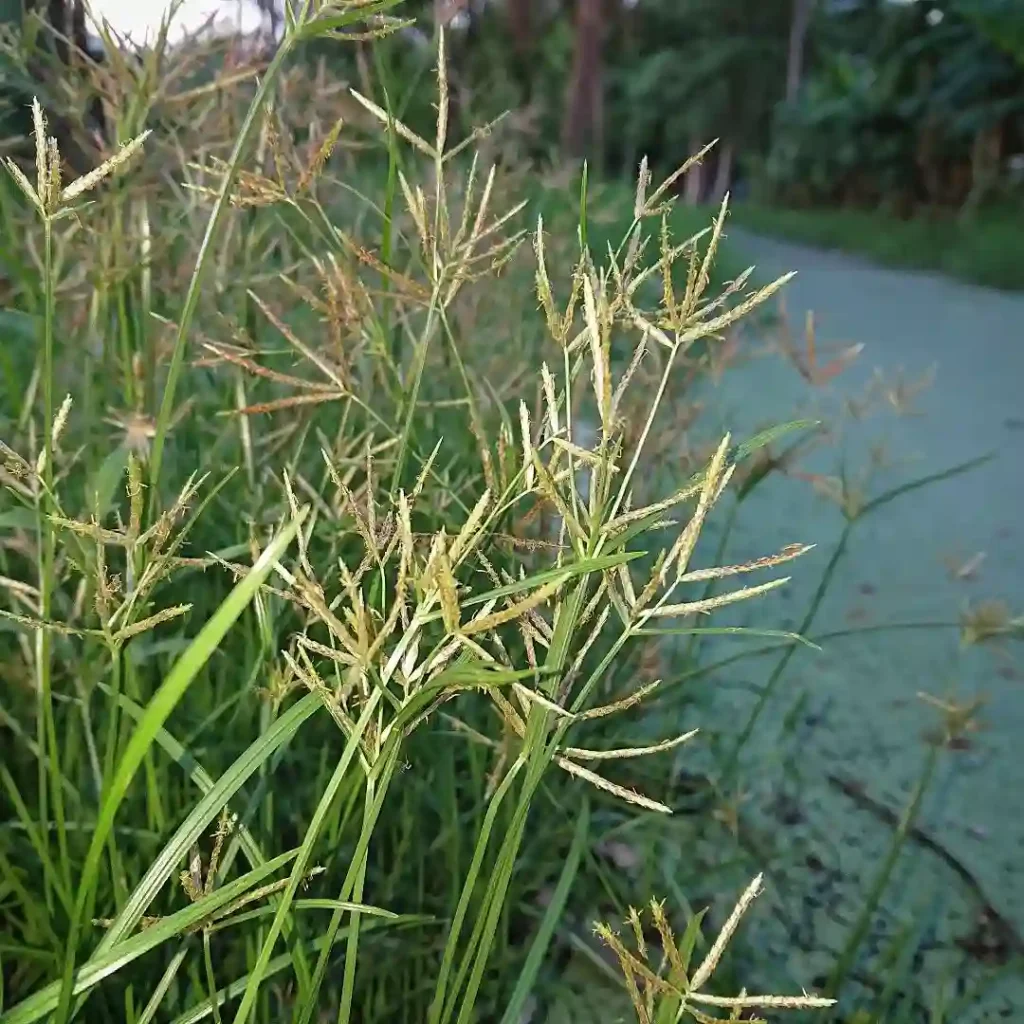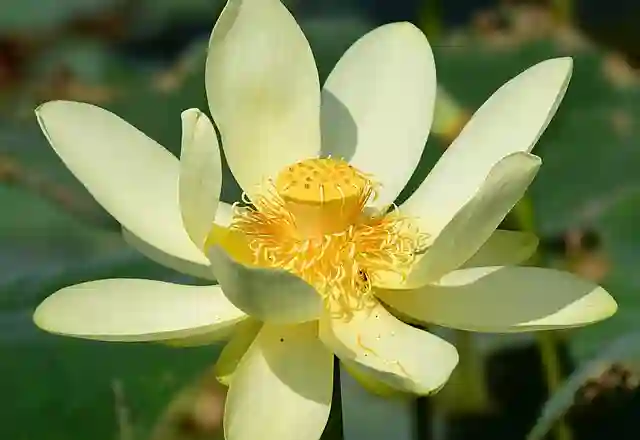Sansevieria Kirkii: Your Guide to the Star Sansevieria
Hi, Ferb Vu here! Today, we’re diving into the world of the Sansevieria Kirkii, also known as the Star Sansevieria. This stunning succulent is a popular choice for indoor plant enthusiasts, and for good reason. It’s not only beautiful but also incredibly easy to care for.
Whether you’re a seasoned plant parent or a complete beginner, this FAQ will equip you with everything you need to know about keeping your Sansevieria Kirkii thriving.
What is a Sansevieria Kirkii?
The Sansevieria Kirkii is a succulent plant native to East Africa, specifically Tanzania and surrounding regions. This evergreen beauty boasts thick, upright leaves with a unique wavy, undulating margin. The leaves come in a vibrant palette of greens and browns, often with a coppery hue, earning it the nickname “Coppertone.”
While some Sansevieria varieties have a more cylindrical shape, the Kirkii features flattened, sword-like leaves that add a touch of architectural interest to any space.
Sansevieria Kirkii vs. Sansevieria Trifasciata
The Sansevieria Kirkii is often compared to its close relative, the Sansevieria Trifasciata, more commonly known as the Snake Plant. Both plants share similar care requirements and air-purifying properties. However, there are some key differences:
- Leaves: The Kirkii has wider, flatter leaves with wavy edges, while the Trifasciata has straighter, more cylindrical leaves.
- Coloration: The Kirkii boasts a wider color range, often featuring browns, yellows, and coppery tones alongside the greens. The Trifasciata typically has a more uniform green color with darker green vertical stripes.
- Rarity: The Sansevieria Kirkii is generally less common than the Trifasciata, making it a more unique addition to your plant collection.
How to Care for Your Sansevieria Kirkii?
The beauty of the Sansevieria Kirkii lies in its low-maintenance nature. Here’s how to keep your plant happy and healthy:
- Light: Aim for bright, indirect sunlight. Avoid harsh direct sun, which can scorch the leaves.
- Watering: Less is more! Overwatering is the enemy of this succulent. Allow the soil to dry out completely between waterings. During winter, you can water even less frequently.
- Soil: Choose a well-draining potting mix specifically formulated for succulents or cacti.
- Potting: Select a pot with drainage holes to prevent water from accumulating around the roots. Opt for a pot that’s only slightly larger than the root ball to avoid overwatering.
- Fertilizer: Apply a balanced fertilizer specifically for succulents once a month during the growing season (spring and summer). Avoid fertilizing during winter.
Does Sansevieria Kirkii flower?
Yes, the Sansevieria Kirkii can produce fragrant, greenish-white flowers that bloom in clusters on the tapering edge of the foliage. However, flowering is not as frequent as with some other houseplants.
Is Sansevieria Kirkii toxic to pets?
Unfortunately, yes. The Sansevieria Kirkii, like many other Sansevieria varieties, is mildly toxic to pets and humans if ingested. Keep the plant out of reach of curious animals and young children.
How big does Sansevieria Kirkii get?
The Sansevieria Kirkii typically grows to a height of 12 to 24 inches, with a spread of around 8 to 12 inches. Its growth rate is on the slower side, making it a great choice for smaller spaces.
Can I propagate Sansevieria Kirkii?
Absolutely! Propagation is a great way to expand your plant collection or share the joy of the Sansevieria Kirkii with friends. You can propagate this plant through leaf cuttings or division.
Where can I buy a Sansevieria Kirkii?
Sansevieria Kirkii might require a bit more searching compared to the common Snake Plant. Local plant nurseries or online retailers specializing in unique houseplants are your best bet.
With its easy care requirements, stunning looks, and air-purifying properties, the Sansevieria Kirkii is a fantastic addition to any home. So, why not bring a touch of the tropics indoors and add this vibrant succulent to your plant family?
If i die, water my plants!



